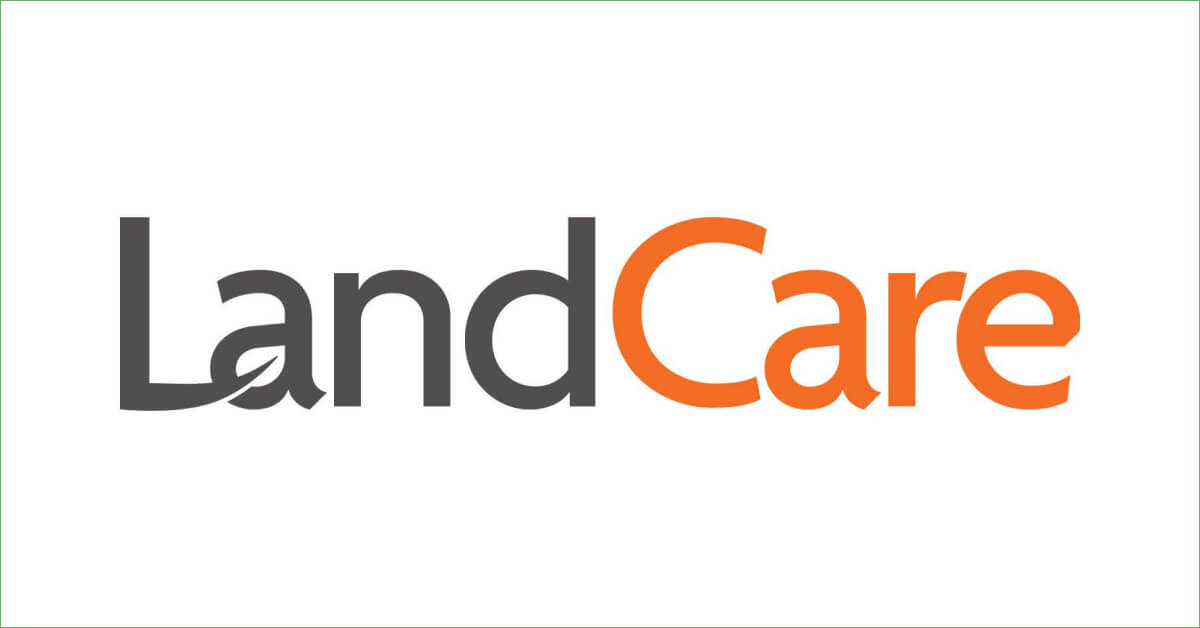If you are the financial decision-maker in your company, every action you takes into account one factor: how will it impact the business’s cash flow?
Every business with accounts receivables (AR) must find a way to effectively manage it for financial viability. DSO (Day Sales Outstanding) is the standard metric used to measure just that. When DSO is too high, poor cash flow may cause the business to struggle with unpaid debts. This means liquidity in the business will suffer, and essential growth factors such as investment, research, and expansion may suffer as a result.
Thanks to the wide range of financial management technology tools available, it is much easier for businesses to keep their DSO lower today. These tools, combined with company-specific strategies, can help them deliver information where needed, stay agile and be ready to take advantage of business opportunities when they arise.
What is DSO, and Why Does It Matter?
The Day Sales Outstanding is a critical metric in measuring the health of a business’s cash flow. As the name hints, it represents the number of days for the company to convert an account receivable into cash. Considering that cash flow is the lifeblood of any business, the lower the number of days it takes to get accounts receivable cash, the healthier the business. A strong cash flow in the business means a stronger financial position and greater opportunities to pay its debts, grow, and take advantage of new opportunities.
A high DSO can have a devastating impact on a business’s revenues and cash flow. It can prevent the business from meeting its debt obligations in time, consequently paying huge penalties and higher interest rates. In addition, when the DSO is too high, the business’s financial health will suffer, and its growth may be stunted.
Calculating DSO
To calculate the DSO figure, you will need the value of account receivables, the total sales made, and the period of sales.
Take the value of accounts receivables, divide it by the total sales made, and multiply the resulting fraction by the days in the period.
DSO = Accounts Receivables / Total Sales Made * Total Sales Number of Days
For instance, if your business sold $10,000 worth of goods for the month, and had $15,000 in accounts receivables at the end of the month, the DSO would be:
DSO = 15,000 / 10,000 * 30
The DSO in this example would be 45. Simply put, it means that it takes the business an average of 45 days to collect payment after a sale is made. If the standard payment terms for your customers is Net 30 days, then your DSO is less than optimal.
Average DSO by Industry
The lower the DSO in a business, the healthier its cash flow and financial performance. Businesses with the lowest DSO will outperform their competition on almost every front. Based on a survey published in the CFO Magazine, the average DSO across all industries is 30 days. Businesses with a DSO of 48 or higher are generally considered poor performers and may struggle to stay afloat.
Note, however, that a good DSO will vary by industry based on customary payment terms offered to customers within that industry. For instance, in the health industry, a DSO of 90 days may be considered healthy since payment is subject to reimbursement by insurance companies.
Here are the average DSO of popular industries:
- Textiles, apparel, and footwear – 98 days
- Manufacturing – 67 days
- Logistics – 56 days
- Food and Beverage – 42 days
5 Tips to Lower Your Business’s DSO
So, you have run the numbers, compared your DSO with previous metrics, and discovered that your DSO should be lower than it is. What do you do?
Here are five measures you can take today to help in reducing your DSO and improve day-to-day cash flow.
1. Set Realistic DSO Target
Customers would place their orders in an ideal business environment and make a full payment right away. But we do not live in a perfect world. In the real world, customers need several days – or even weeks – to collect their orders, verify their invoices, and pass them through multiple approval points before payments are scheduled.
To determine the ideal DSO for your business, consider the average DSO in the industry and compare it with the average time it takes for your company to convert accounts receivables into cash. A reasonable target will help you plan your business’s operations and anticipate cash flow more accurately.
2. Review and Communicate Your Terms of Payment
Every business must have standard payment terms to which clients agree to before doing business. As a rule of thumb, your accounts receivables management should outline the business’ expectations as per the target DSO.
The period the customer has to make payment should not be the only consideration when reviewing payment terms. You can also offer incentives, such as dynamic discounting, for early payment or impose penalties for late payments. In some cases, adding more payment methods such as wire transfers and virtual card (vCard) payment, merchants may encourage customers to make more timely payments.
3. Stricter Credit Approval
Not all customers are the same; some pay on time while others may be perennially late. One of the most effective ways to quickly lower your DSO is to perform stricter credit evaluations, particularly on problematic and new customers. Set appropriate credit terms and ensure that your sales department is up to date with the current requirements. The sales processing department must also be aware of the new terms to flag any orders that may not meet credit terms.
4. Streamline the Invoicing Process
Does your company send out accurate invoices and on time every time? Do your invoices include payment terms and clearly indicated due dates? Are there follow-up communications sent to customers close to the due date? Are your billing addresses and electronic payment details included in each invoice? The answers to these questions will help you figure out how streamlined your invoicing process is.
5. Refine the Collections and Invoice Follow-up Process
There is nothing personal in relentlessly following up on late invoices and pending payments. Your business’s collections process should be clearly defined, with employees equipped with the information and tools they need to follow up on invoices. Having the invoice and all associated information can assist in making this easier for your staff. The process of following up on late payments and past-due accounts should be as efficient as possible. The employees involved should always be on the same page with the sales and customer service staff.
Conclusion
Managing accounts receivables is a part of business; it is time-consuming and challenging, but it is critical to a healthy business. Every business has to develop its unique strategy to keep its cash flow healthy. Visit our Accounts Receivable page to learn more ways of reducing your DSO and keeping your business cash flow healthy. Centreviews is a SaaS based technology for accounts receivable and accounts payable financial processes that enables automated workflow, identifying exceptions and delivering critical information to those that need it when they need it. You can also contact us for more information.


















